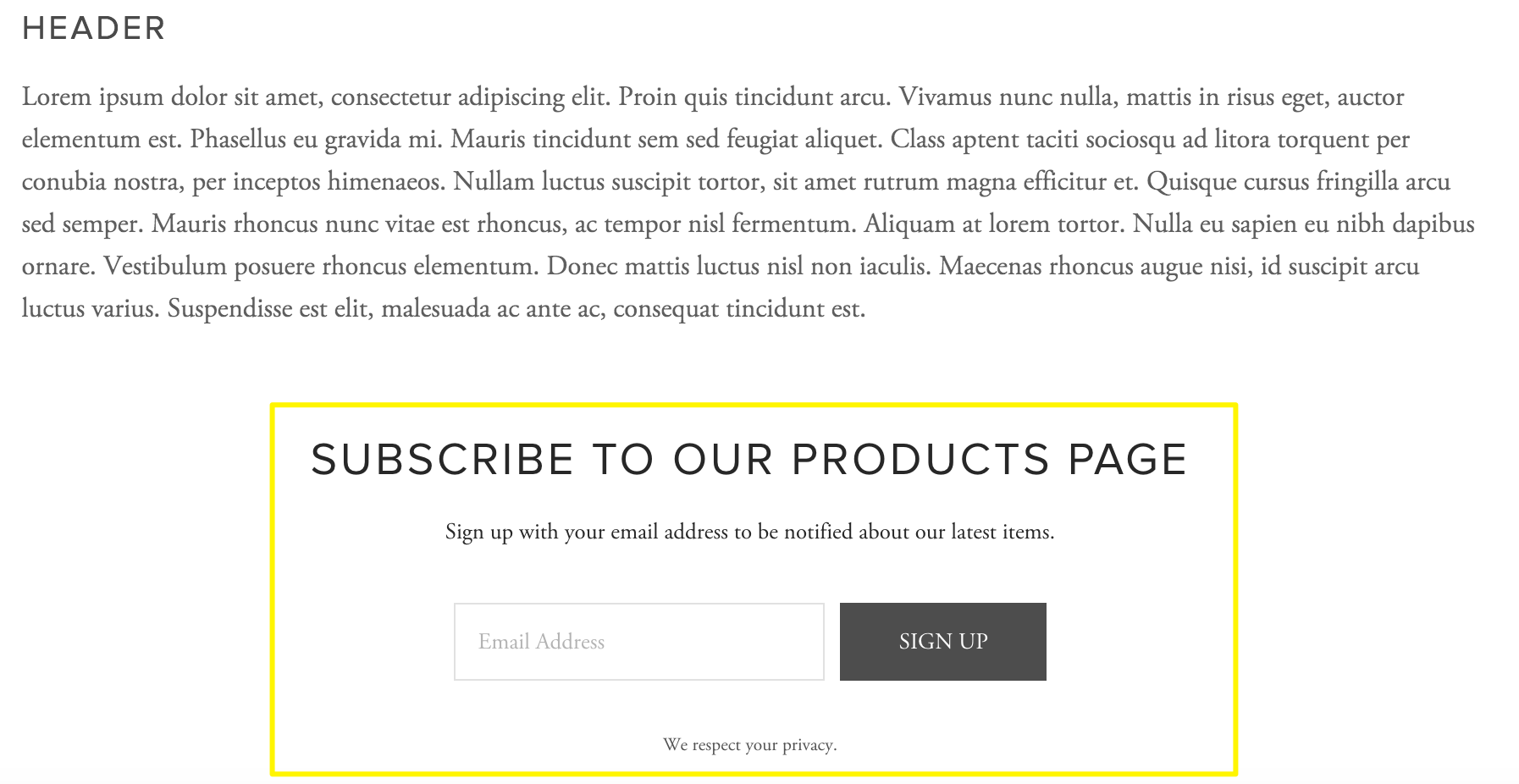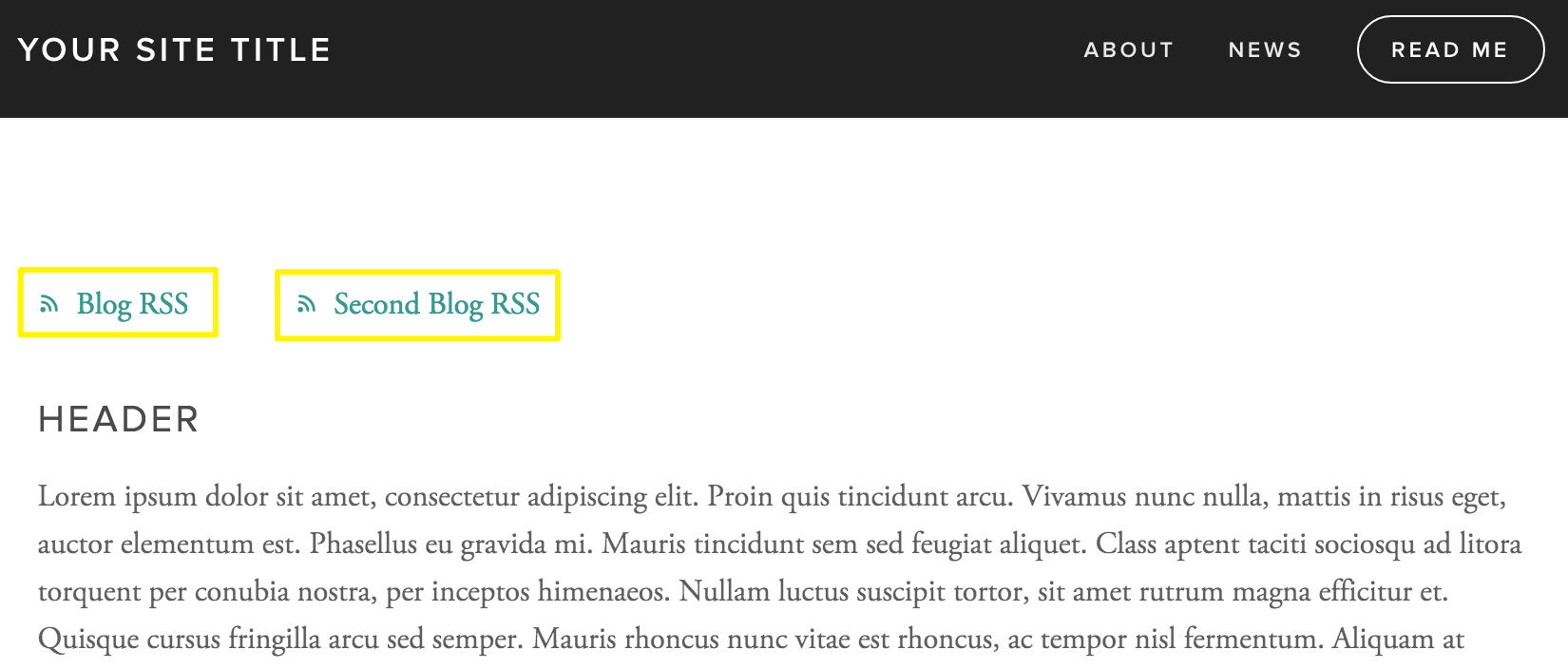
Calculate Accurate SEO Return with RSS Feeds Guide
Here's the concise, valuable rewrite focused on RSS feeds:
RSS feeds automatically deliver your website's latest content to subscribers through news aggregators, email notifications, and podcast platforms. They're essential for growing and maintaining your audience.
Key RSS Feed Features:
- Delivers the 20 most recent blog posts, products, or events
- Supports up to 300 recent podcast episodes
- Updates automatically when new content is published
- Generates content as .xml files for external services
Finding Your RSS Feed URL: Simply add "?format=rss" to the end of any page's URL. For example: yourdomain.com/blog?format=rss

Newsletter subscription field with sign-up button
Setting Up Email Subscriptions:
- Create a mailing list in your email service provider
- Add a newsletter subscription form to your website
- Configure an RSS campaign to automatically send updates
- Link the campaign to your subscriber list

RSS icons on white background
Common RSS Uses:
- Blog subscriptions through feed readers (like Feedly)
- Podcast distribution (including Apple Podcasts)
- Automated email newsletters
- Content syndication
Troubleshooting RSS Feeds:
- Ensure your site isn't password protected
- Verify the correct URL format
- Check that your site is public
- Validate your feed using W3C Feed Validation Service
- Remove any invisible formatting from content
Best Practices:
- Use embedded URLs for reliability
- Keep content formatting clean
- Update connected services if domain changes
- Consider using a hidden blog page for custom RSS feeds
- Monitor analytics to track RSS subscriber growth
Limitations:
- Works only on collection pages
- Pulls only the most recent content
- Some page types may display limited information
- Password protection blocks RSS functionality
This tool provides an efficient way to distribute your content and grow your audience through automated syndication across multiple platforms.
Related Articles

How to Connect a Squarespace Domain to Google Sites: DNS Setup Guide

